October 26th, 2016 is National Pumpkin Day.
The most renowned and popular of the gourd family, the squat and orange pumpkin we have all grown to know and love has made its mark on the world as an icon of autumn. Having come to symbolize the festive liveliness of the fall season, what vegetable is there more fit and fashionable to garnish our homes and doorsteps with than the pumpkin?
Testament to the nature of the gourd as a fall-favorite is the fact that, as I type out this homage to the pumpkin, my mom and sister haul five rotund organic pumpkins into our living room. Only briefly raising my eyes from my computer to watch them plop the hefty pumpkins, I’ve already dismissed the happening as something entirely negligible. But— as I am forced to deeper comprehend the importance and implications of the pumpkin– I’m suddenly made aware of how odd it is that we, as an American culture, have adopted pumpkin habits and activities as customary seasonal traditions. Doesn’t it seem weird that we’ve adopted pumpkin stabbing, gutting, and pie-making as established fall activities? That we have our children make paper replicas of, include in our Starbucks orders, decorate our homes with pumpkins?
America’s obsession with all-things pumpkin can be linked to the pumpkin’s historic presence on the continent; predating Europeans in the New World, the oldest evidence of pumpkin seeds date back to between 7000 and 5500 BC in Mexico. As for the pumpkin craze in pop-culture, Cindy Ott (author of Pumpkin: The Curious History of an American Icon) explains that the pumpkin is “a vegetable that represents this idyllic farm life, and the best sort of moral virtue. And Americans have become attached to that… Pumpkin beer was used when there was no barley. [If] there was no wheat for bread, they used pumpkin [for] bread. Pumpkin was considered food of desperate [times].”
The revival of the pumpkin began when Americans began to move away from rural life and into the city in the 1800s. “People became stressed about… moving into the office and off the farms, and [the pumpkin] starts to appear in poems and in paintings,” Ott says. “We’re celebrating the nostalgia for this old fashioned, rural way of life, that no one ever really wanted to stay on, but everyone’s always been romantic about.”
Since its reboot, pumpkins have only increased in popularity and production. As residents of Illinois, we should take pride in the fact that 90 to 95% of the processed pumpkins in the United States are grown right here in the Land of Lincoln– 496 million pounds of pumpkins were produced in Illinois in 2008! Makes sense, considering the largest pumpkin ever grown weighed close to 1,140 pounds.
In conclusion of an article nearly as cumbersome (but nutritious!) as the pumpkin itself, in all its vine-y glory, here are four fun pumpkin quotes:
- “I would rather sit on a pumpkin and have it all to myself, than be crowded on a velvet cushion.” -Henry David Thoreau (You know a vegetable’s made it big when transcendentalist Henry David Thoreau has some sort of commentary on it– underclassmen, if you are not yet acquainted with Thoreau, you’ll be getting to know good-old Hen real soon.)
- “I don’t see how a pumpkin patch can be more sincere than this one. You can look around and there’s not a sign of hypocrisy. Nothing but sincerity as far as the eye can see.” -Linus, Charlie Brown and the Great Pumpkin
- “Only the knife knows what goes on in the heart of a pumpkin.” -Simone Schwarz-Bart (This one’s pretty odd, but I thought it was funny 🙂 )
- “Advice from a Pumpkin:
- Be well-rounded
- Get plenty of sunshine
- Give thanks for life’s bounty
- Have a thick skin
- Keep growing
- Be outstanding in your field
- Think big!”

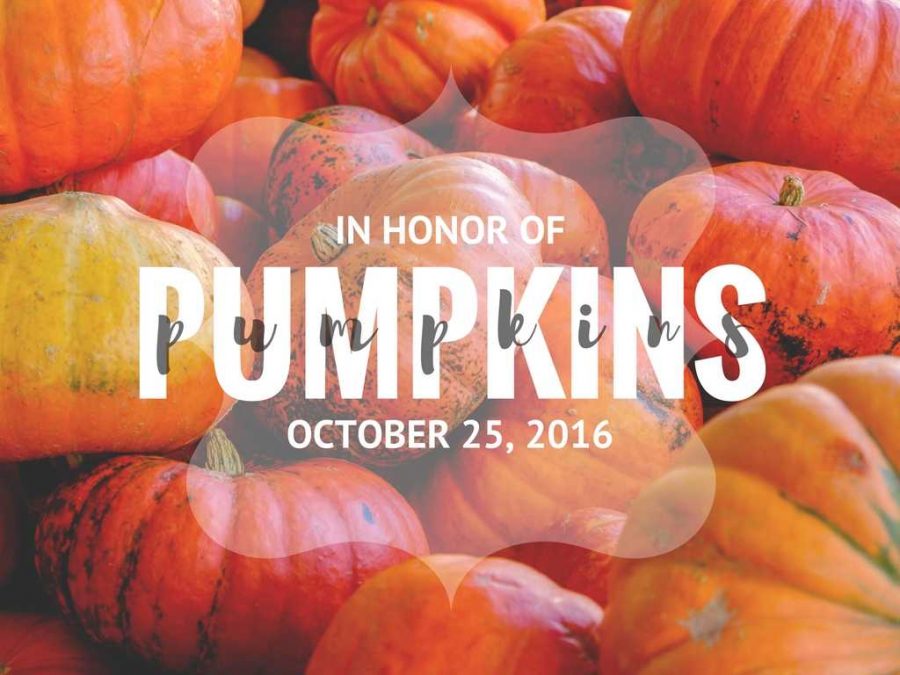
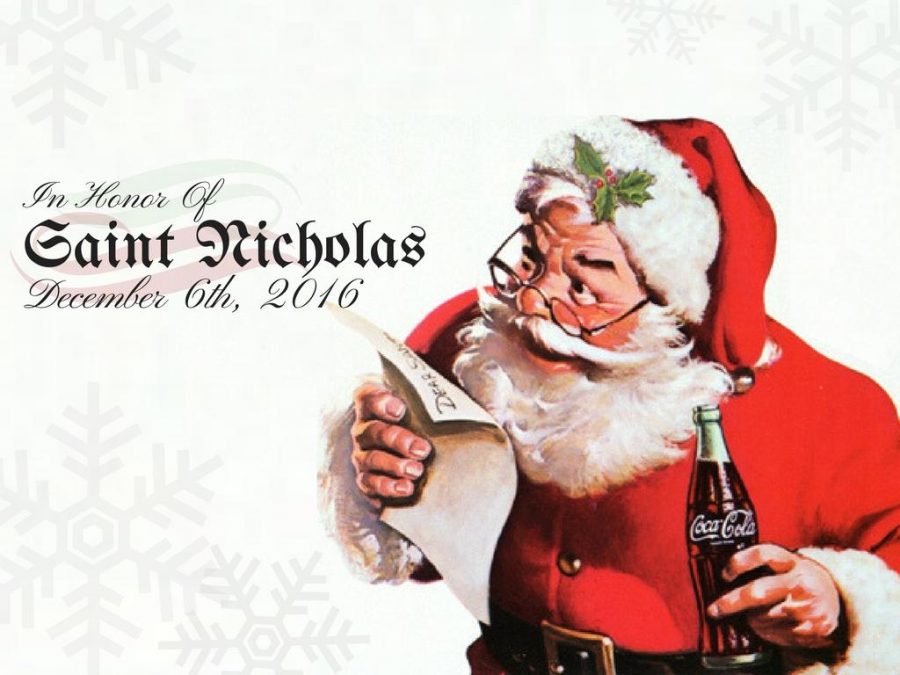
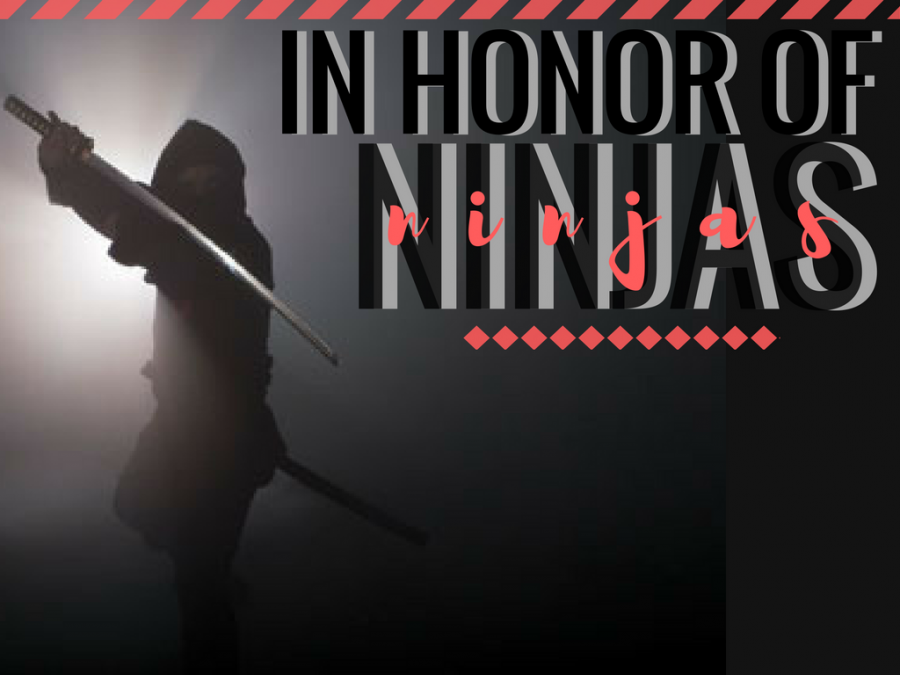
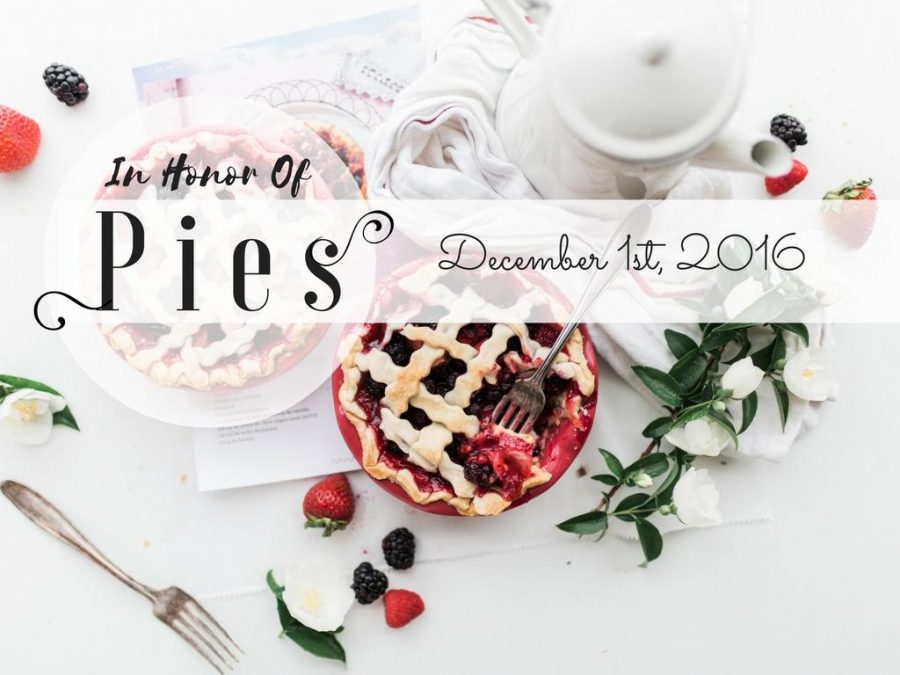
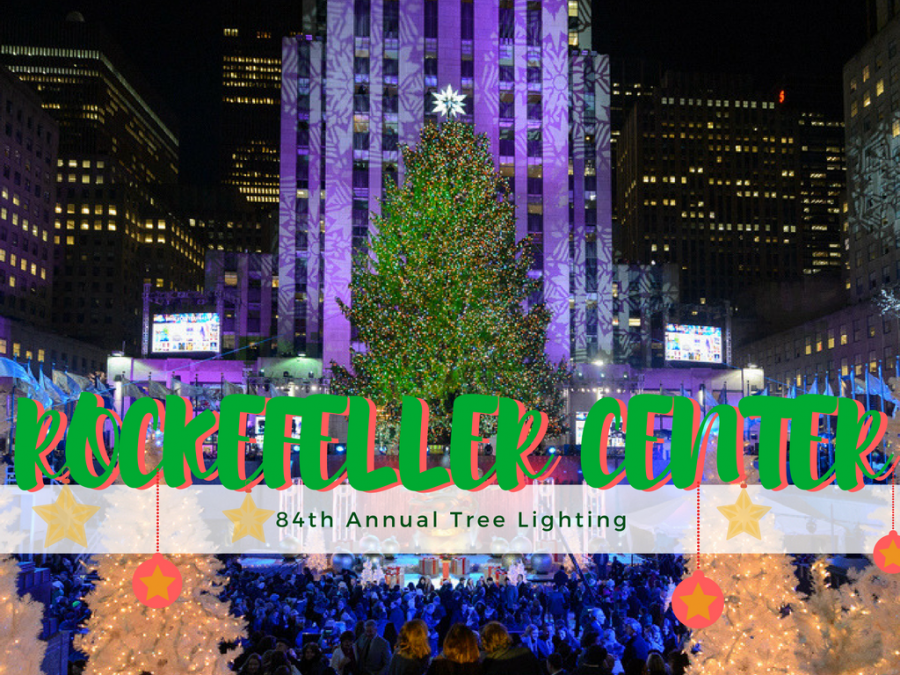
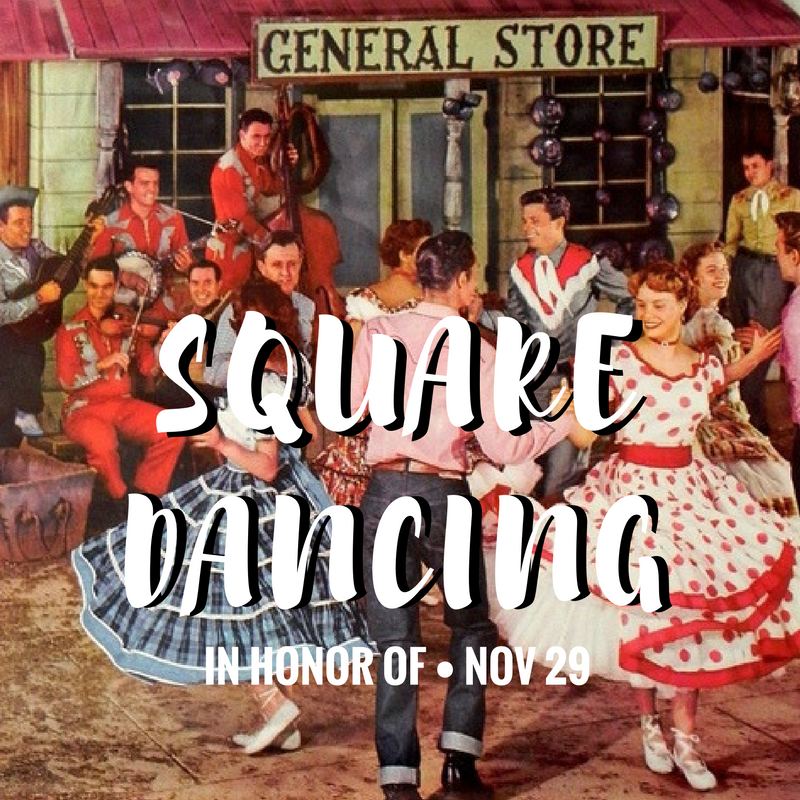
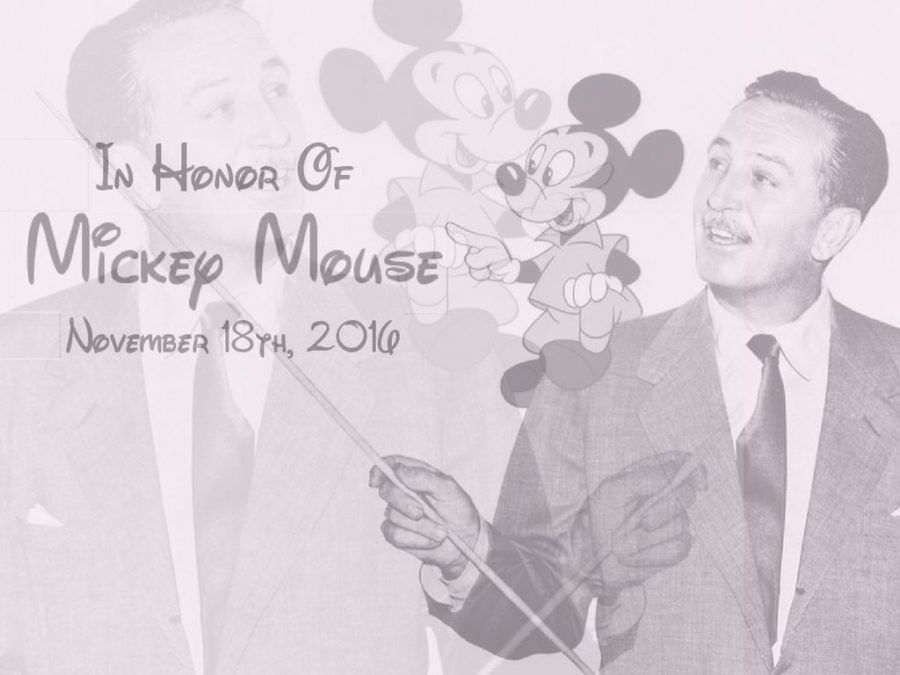
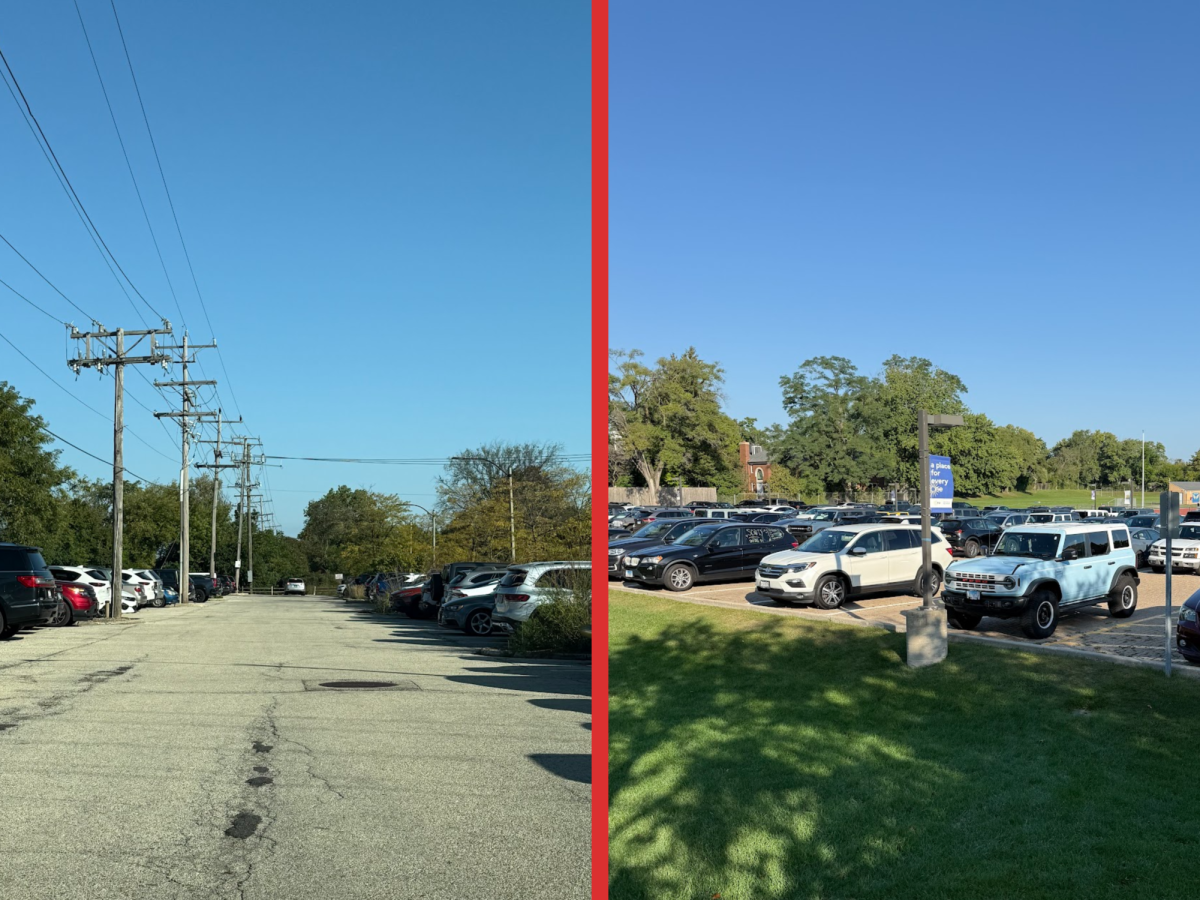





Austin Scott • Oct 26, 2016 at 12:13 pm
Classic E March…turning the old rotund, robust Pumpkin into an educational and transcendental experience. Awesome work, E.